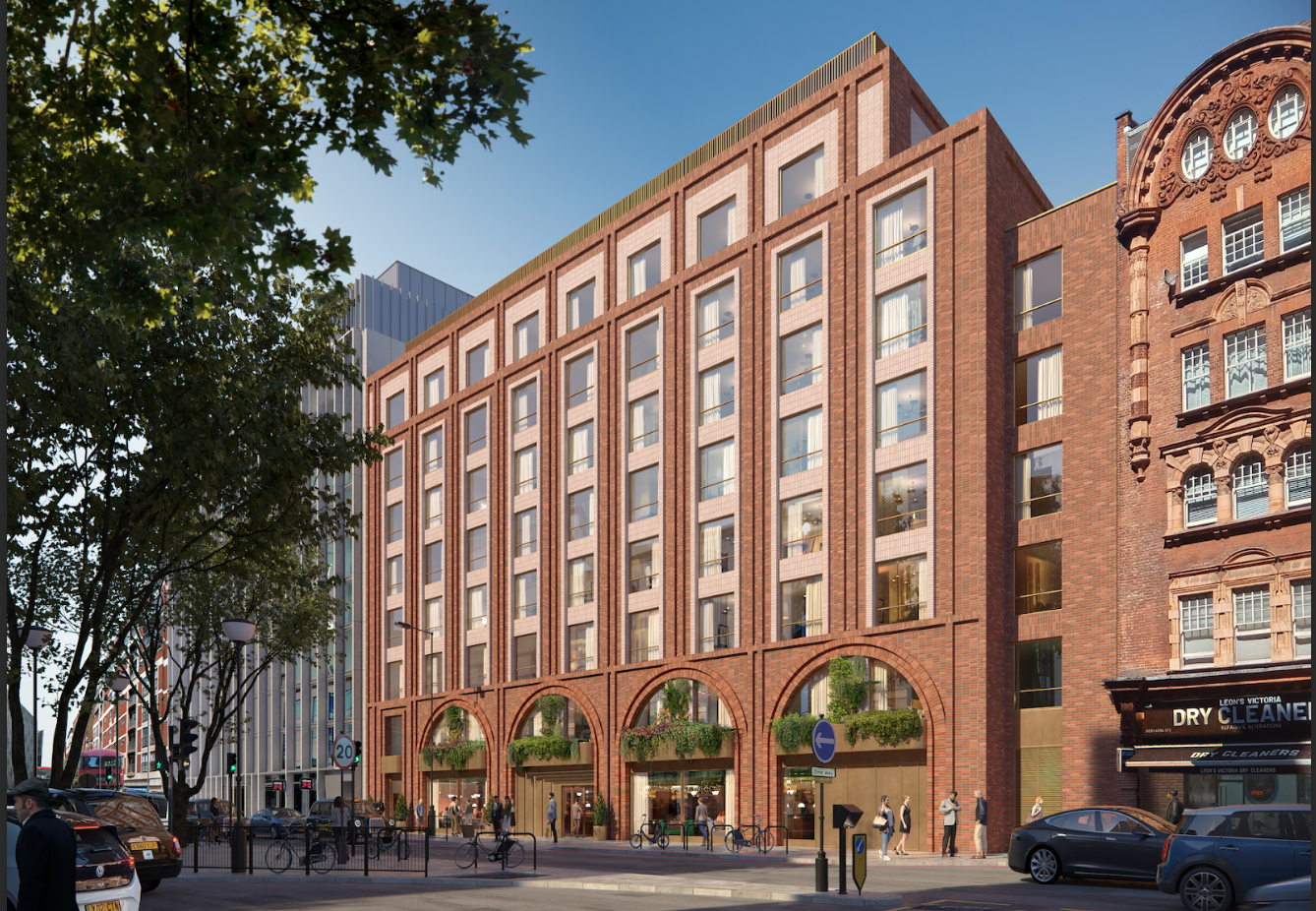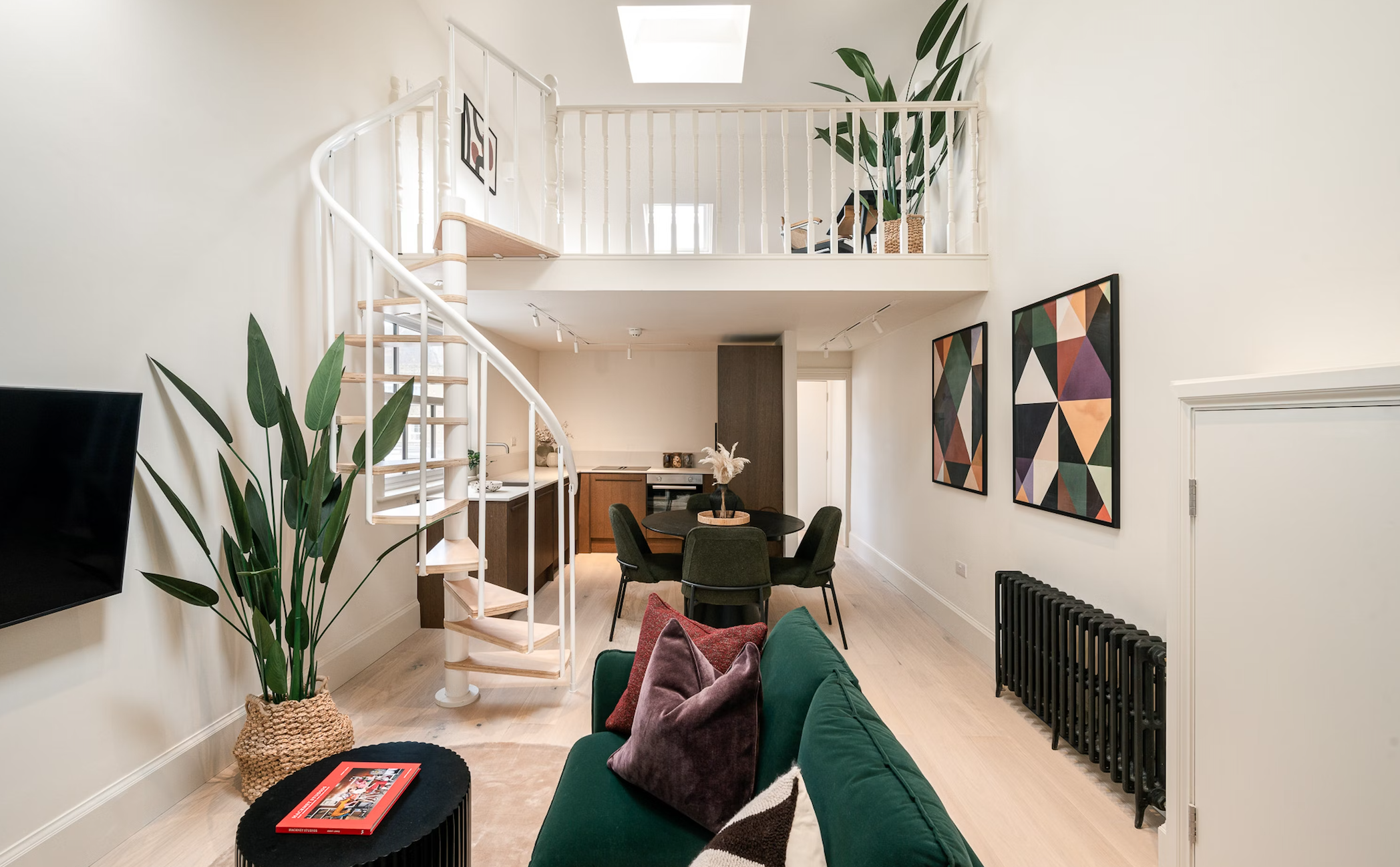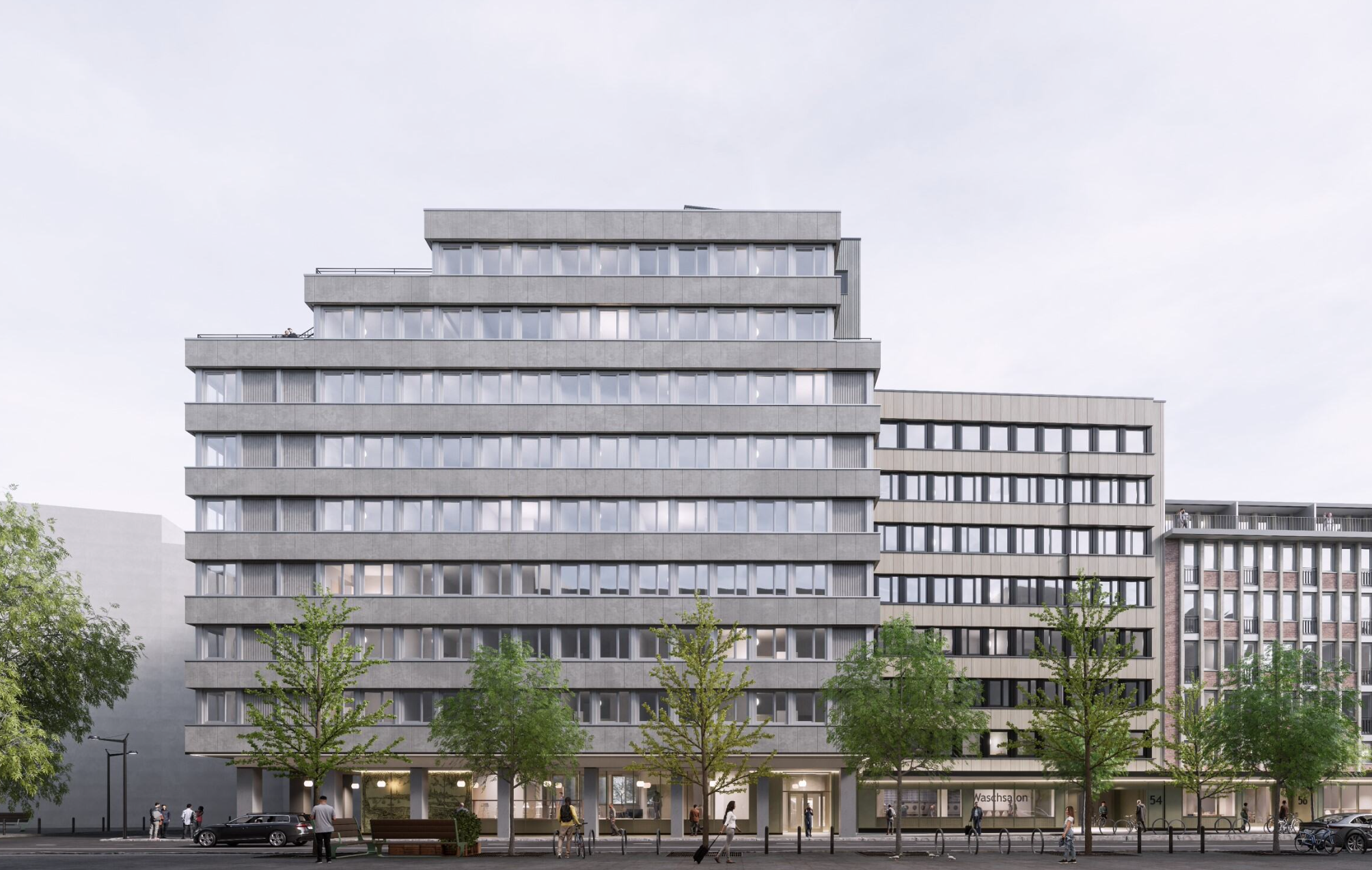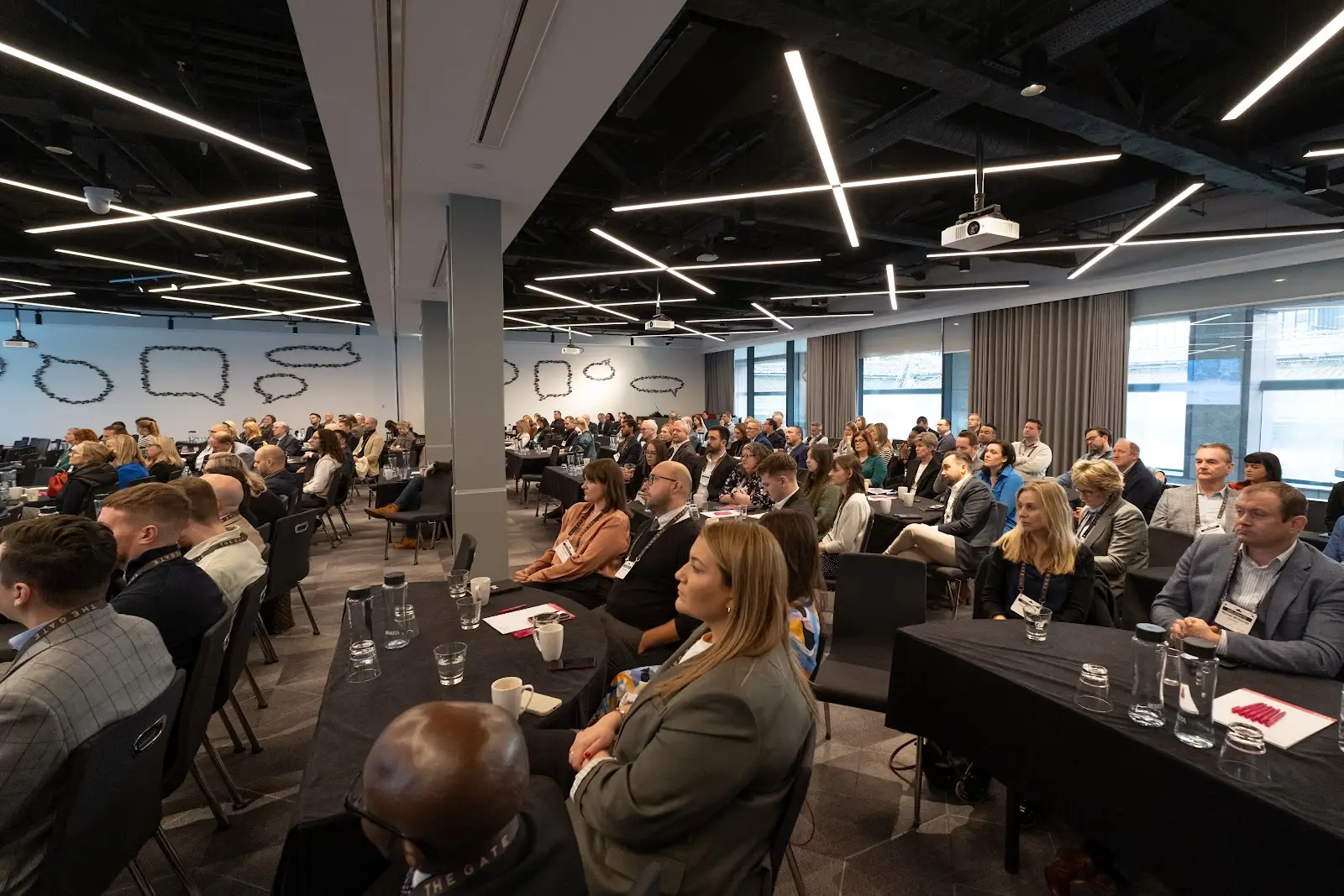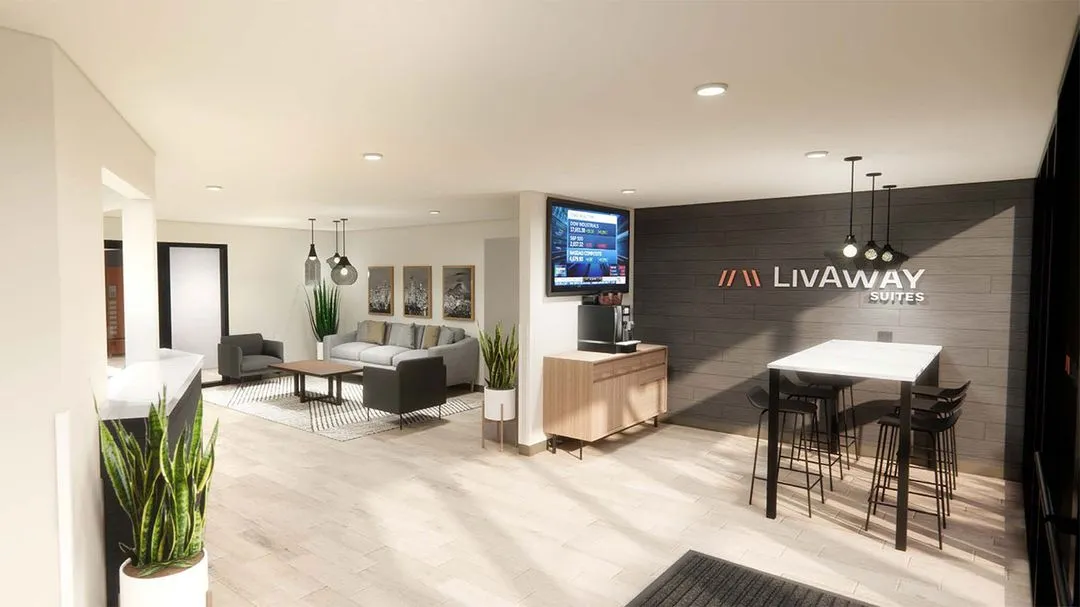
Thailand: The latest report from C9 Hotelworks says activity has reached a “feeding frenzy”.
The company says: “South-east Asia’s real estate love affair between property developers and hotel brands is morphing into a feeding frenzy. With nearly 100 mainstream hotel residence projects and over 21,000 units completed, the next three years is set to take the sector into bold new territory.”
According to the SE Asia-focused Hotel Residences Market Trends, between 2018 and 2020 new completed units will represent an 83 per cent rise over existing supply. The top five pipeline project locations in order of volume are Danang, Phuket, Kuala Lumpur, Bali and Bintan.
C9 Hotelworks managing director Bill Barnett said: “If we’d roll back the clock 18 to 24 months, urban projects were part of a shifting landscape, but today investment buyers are back heavily in resort destinations, especially Vietnam. Market-wide average sales price per square metre in the region (excluding Singapore) is US$5,713 in urban areas and US$3,207 in resort destinations. Looking deeper at the geographic source of property buyers Thailand’s more mature market is deeper with foreign purchasers, while Indonesia and now Vietnam are tracking an onslaught of domestic demand, back of a skyrocketing consumer class.”
The report shows that market-wide premiums for recognised hospitality groups range between 25 and 35 per cent compared with independent properties. The most active brands include Marriott, Banyan Tree, Hyatt, Melia, Minor and Mövenpick, along with brands that have used hotel residences to spur their pipelines such as BHM Asia and Alila.
Barnett has raised a warning sign for both developers and property buyers over “the onslaught of projects offering high levels of guaranteed returns over sustained periods”.
“Danang is one location that has all the signs of a recipe for disaster with recurring returns being promoted at 10.5 per cent on a long term basis,” he says. “Compounding the outlook is the strong take up in the domestic segment with purchasers leveraging debt at extraordinary levels. If returns fail to materialise at the promoted numbers, developers will be unable to fund returns, buyer will forfeit units to banks and market values could evaporate. It could be a perfect storm and wider regulation for consumers over guaranteed returns across south-east Asia is sorely needed.”</p


